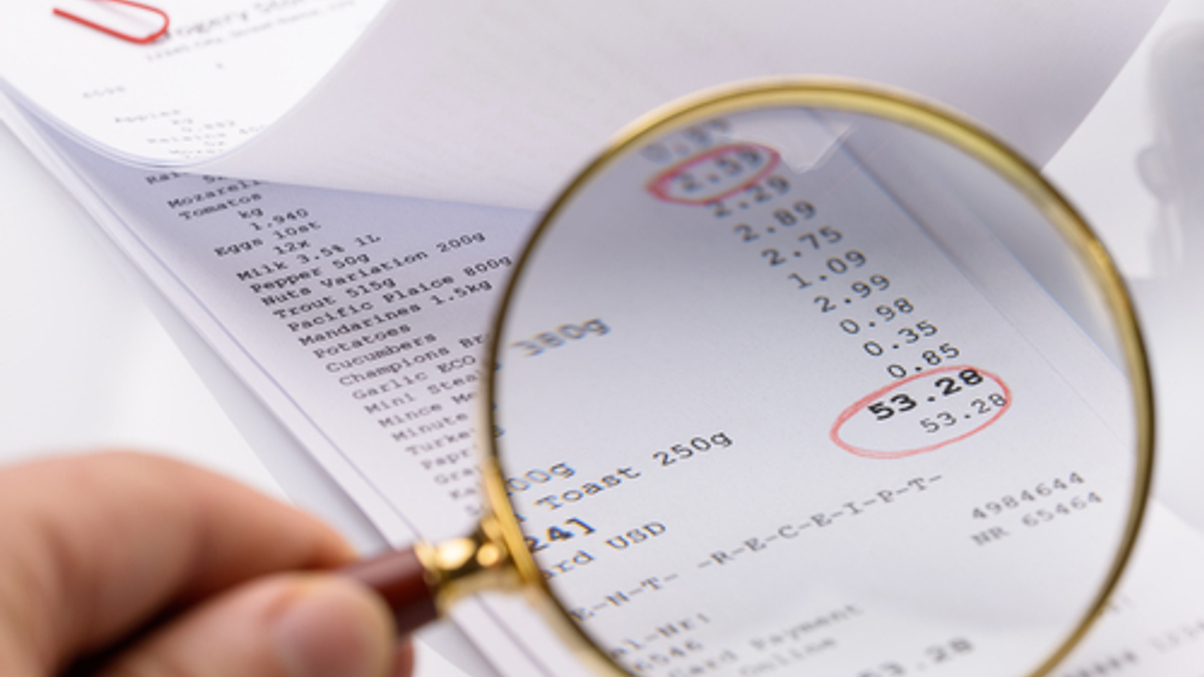UK coal pension cost study offers investment lessons
What asset owners pay out matters more than ever in a low-return environment. But calculating that isn't easy, as Coal Pension Trustees' CIO has found from a major project.

Investment costs are increasingly coming under the spotlight as it becomes ever harder for asset owners to squeeze out decent returns from their portfolios.
Sign In to Your Account
Access Exclusive AsianInvestor Content!
Please sign in to your subscription to unlock full access to our premium AI resources.
Free Registration & 7-Day Trial
Register now to enjoy a 7-day free trial—no registration fees required. Click the link to get started.
Note: This free trial is a one-time offer.
¬ Haymarket Media Limited. All rights reserved.


